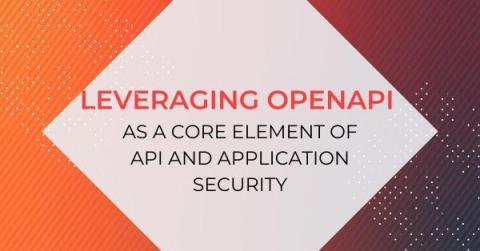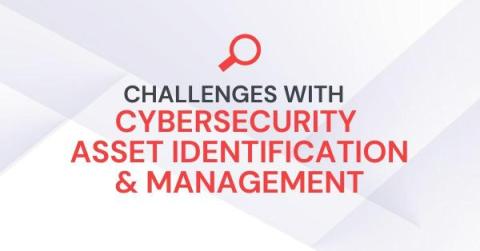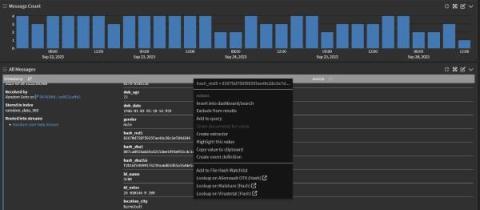SIEM, Simplified
Do you need better insight into the overall state of your network security? Take a step back and look through the larger lens of the SIEM solution. Security information and event management (SIEM) is an approach to security management that combines two aspects: Coined in 2005 by Amrit Williams and Mark Nicolett of Gartner, the term SIEM now serves as a synonym for the gathering, analyzing, and presenting network and security information as well as external threat data and vulnerability management.











